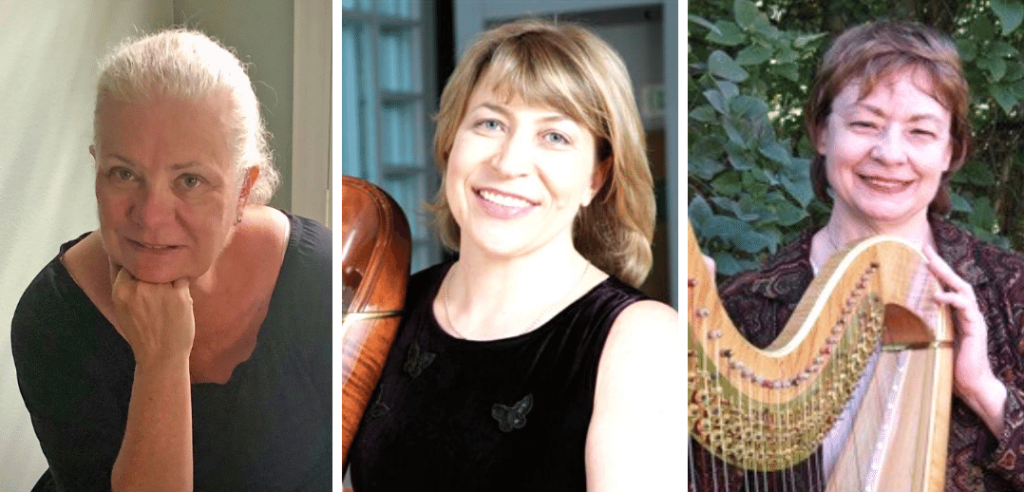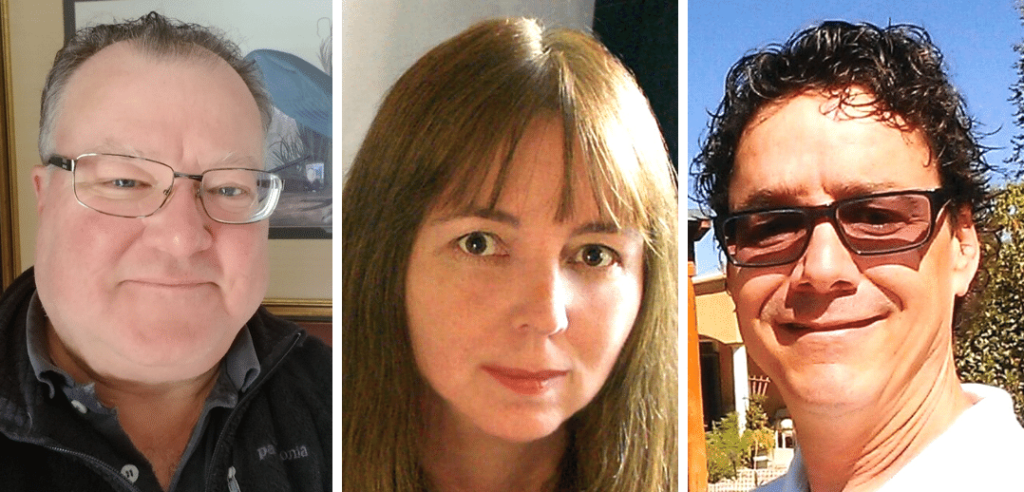I think the philosophy of soft harp playing is misunderstood and leads to “whispering” or too transparent a sound. We should still cultivate a sense of tone that can project beyond the stage. I find that a relaxed hand and less weight in the hand will give you a more supple sound. At the same time, the fingers must press into the strings, searching for tone and richness. Repertoire that will challenge you are most selections by Debussy, especially Maid with the Flaxen Hair, and Largo in F Major by J.S. Bach, arranged by Grandjany.
Lastly, make sure your calluses are not too rough by using an emery board consistently to take off the top layer. Our sound is immediate like the voice, but we still must prepare it.
—Elizabeth Hainen has served as principal harp for the Philadelphia Orchestra for 25 years. She holds the Maryjane Mayhew Barton Chair in Harp Studies at the Curtis Institute of Music and is artistic director for Boyer College of Music harp studio at Temple University.
Getting a beautiful tone while playing softly can be tricky. In my own practice, I first make sure I can produce that same rich sound at a louder volume. I work on pressing into the string, making sure my finger closes all the way and that my hand is relaxed and supportive. Once I am happy with the sound, then I start to decrease the volume and listen to the sound I’m creating. What works best for me is slowing down the closing motion of my finger (my very first harp teacher called it the “pulling taffy” feeling), and making my hand even more compact. I also find that more skin on the string is better for me—if you’re too close to the tip you don’t have enough flesh to get that richness. It’s important not to put too much pressure on the string, and also not to freeze before playing, as that will cause a jolt in your playing that will negate your efforts.
While I’m practicing this tone, I like to shake my hand out if I find myself getting too focused on the sound, or focus on something else and come back to it. Because it’s such a nuanced skill, it’s important to not overdo your practice!
—Emily Levin is principal harpist of the Dallas Symphony Orchestra and harp professor at Southern Methodist University.
The four elements that most affect sound production on the harp are: the direction in which we take the string (towards us, towards the column, to the side, or a combination of the three); the placement of the finger on the string itself (middle, low, high, or really close to the soundboard); the preparation of the sound by the finger on the string (how much do we prepare or “squeeze” the string before playing, which part of the finger is in contact with the string, how much “flesh” or “bone” do we use, and which muscles of the finger and arm participate in the preparation); and the kind of articulation that we use while leaving the string (quick, slow, from the entire finger or from the tip, using the finger only or also the wrist and/or arm, and how supple or rigid is the rest of the hand/arm/body while articulating?).
To have a warm, resonant sound we need to play in the middle of the string, towards the column (with the thumb) or towards us (with fingers 2, 3, 4) and with as much “flesh” as possible. To keep the sound supported while playing piano, we need to prepare (squeeze) the string lightly before playing and continue with a free, slow articulation in the direction in which we want to take the string (using a free movement of the wrist, if at all possible). It is important to keep the rest of the hand and arm very supple while doing so. This is, of course, a wild generalization—everything changes according to what exactly it is that we are playing. But these guidelines are a good starting point. •
—Sivan Magen is an Israeli harpist, soloist, chamber musician, and principal harpist of the Finnish Radio Symphony.














